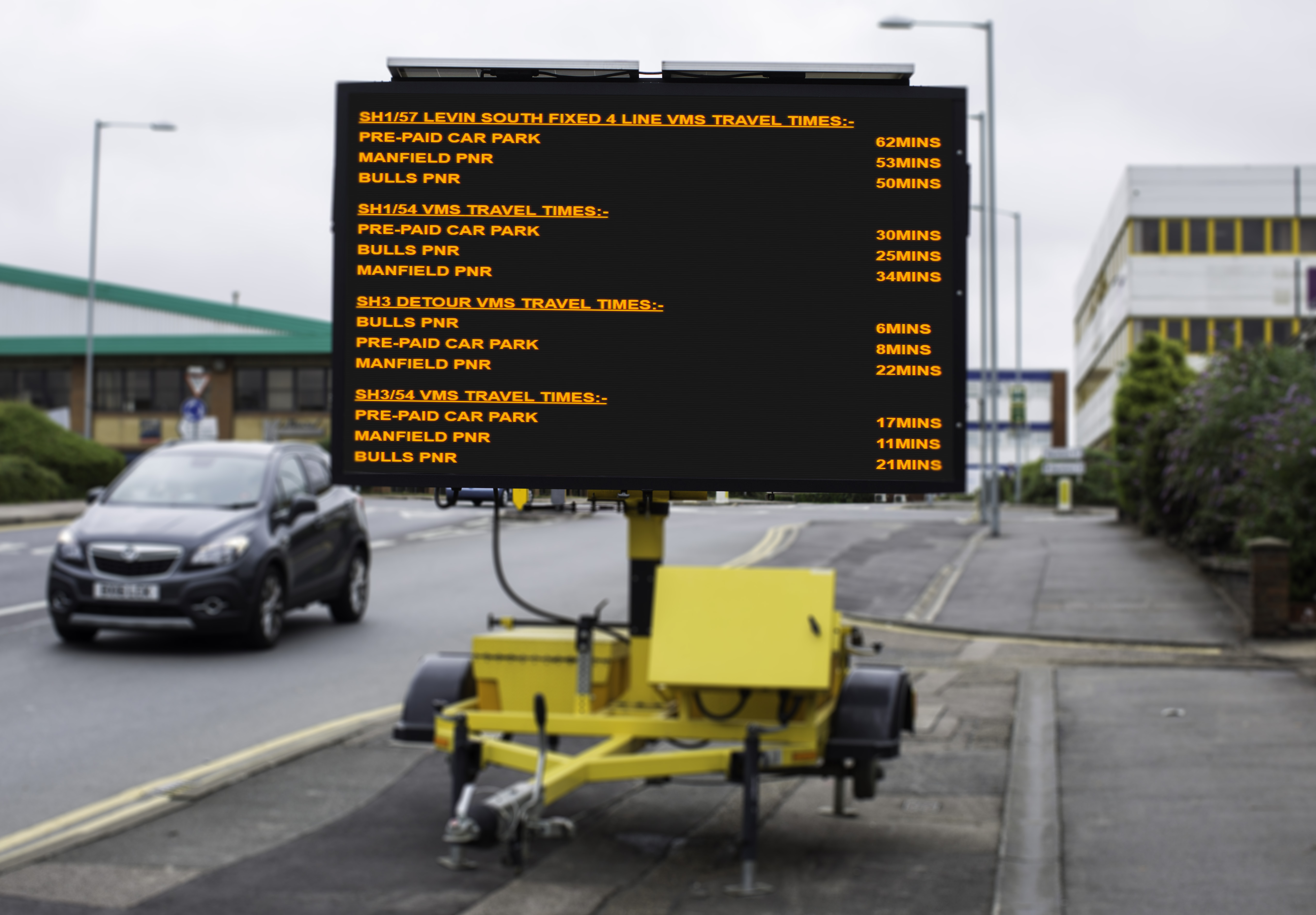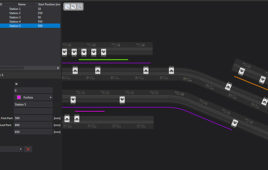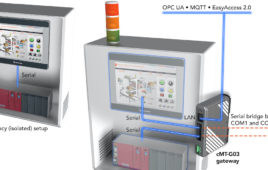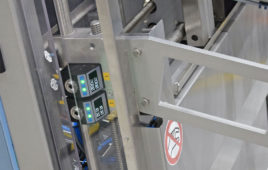Following the disastrous traffic congestion caused by unexpectedly high spectator numbers at the 2012 Royal New Zealand Air Force Air Show, organizers of the 2017 event knew they needed to avoid a repeat performance. Fortunately, Bluetooth sensor technology was available to assist, ensuring far smooth traffic flow.
We all know the frustration of traveling to and from major events, along with how the increased travel time and lengthy queues can affect the overall mood in the car.
When the Royal New Zealand Air Force celebrated their 75th anniversary in 2012 with an air show, it turned into a gridlock nightmare, with interminable traffic queues weaving for miles as 70,000 people flocked to the show. With their 80th anniversary approaching this year, they wanted things to go smoothly and avoid another traffic chaos – in fact; it was an obligation for running the event again.
The New Zealand Defense Force acknowledges they needed help after the 2012 event. “They learned from 2012 that they’re great at flying planes. They’re not so great at putting on large events. The plan was to put on another airshow, but they knew that they had to get it right. They knew they had to change things,” said Event Organizer Renee Barbour.
Faced with the dual challenges of trying to ease traffic congestion and reduce the potential for massive gridlock, the event organizers commissioned consultancy service company Beca to provide detailed information on how traffic flowed around the Ohakea Air Base, which was also a major State Highway intersection. Together with the New Zealand Transport Agency and local councils and others, they worked out a traffic management plan.
To help ease the traffic flow by providing spectators with live traffic updates, Beca deployed a network of BlipTrack sensors, produced by Denmark-based BLIP Systems. The solution, already implemented in numerous road networks all over New Zealand, Thailand, Sweden, Switzerland, Denmark, and the UK, captures the point-to-point journey patterns and travel time of drivers in real-time, as they pass the sensors.

(Image Credit: blipsystems.com)
The resulting traffic information could be communicated directly back to motorists in their cars, allowing them to make informed travel decisions, minimize frustration, and stagger the continuous arrival of visitors. Both spectators and residents in surrounding neighborhoods were advised to check the transport agency’s DriveLive web page for up-to-date information on delays, travel times, and even alternative routes.
Beca’s Project Manager, Richard Young, said: “Providing the Air Tattoo, NZTA and, most importantly, spectators with live and accurate travel information is a key way that we can ensure the event runs smoothly. We had a team working the weekend ready to react to any incident and provide the Air Tattoo team with all the traffic data they needed to keep roads moving. The road network was the busiest of the summer and thanks to using the BlipTrack system we were able to demonstrate that there were minimal delays caused by the Air Tattoo.”
Behind the public DriveLive service, the event team had access to monitor the live traffic movements, so while spectators were enjoying the air display, the Air Tattoo team was working hard to ensure that the drive home was as stress-free as possible.
The information was continuously updated, in line with the actual behavior of spectators to and from the show. So, when considering their route and time of departure, the motorists themselves were helping to reduce bottlenecks and keep the traffic moving.
Spectators responded positively to the traffic management measures and reported smooth traffic flow to and from the show.
The technology is also successfully employed in optimization efforts in more than 25 international airports, including Schiphol Airport in Amsterdam, JFK Airport in New York, Copenhagen, Oslo, Manchester, Dublin, Brussels, Geneva, San Diego, Keflavik, and Edinburgh. In recent years, the solution has been rolled out in train stations, ports, ski resorts, amusement parks, and at events all over the world.
Filed Under: M2M (machine to machine)




